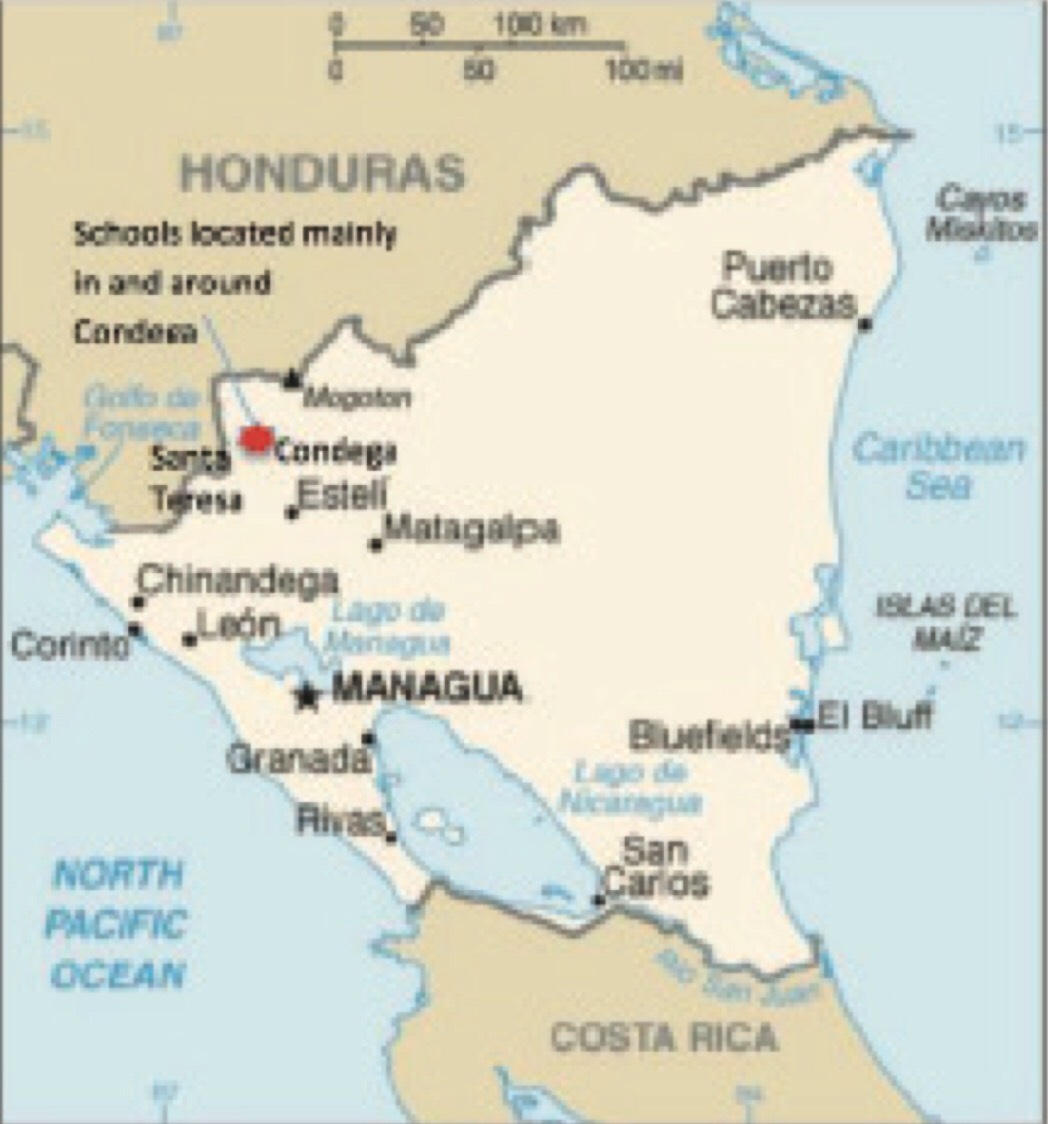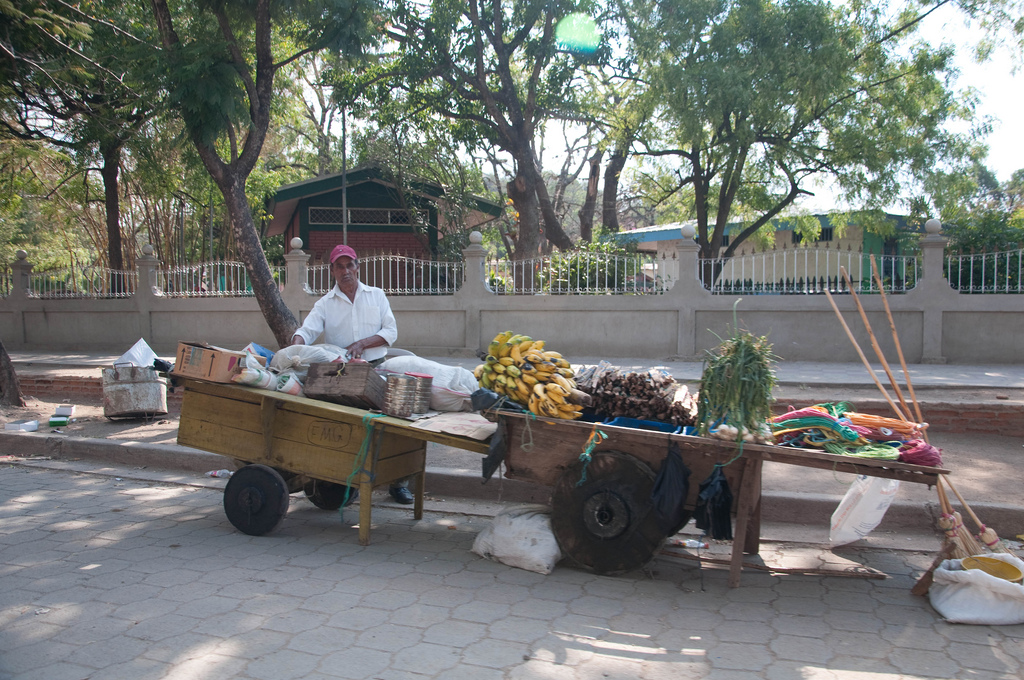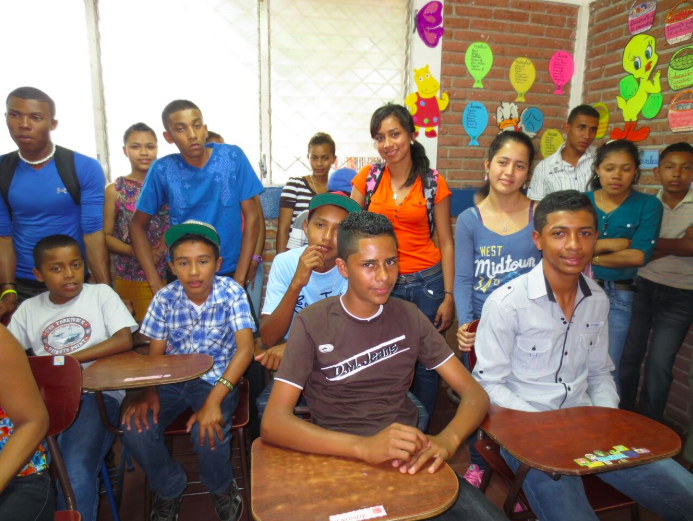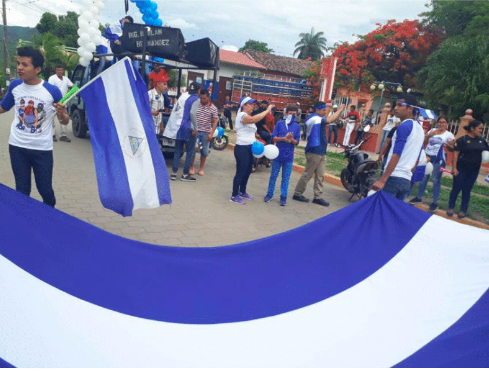I became involved with the deaf in Nicaragua when I was a Peace Corps volunteer. Having worked with deaf students in the states made me especially eager to learn Nicaraguan Sign Language, and also my site, Condega, had a school for the deaf at that time. It became my secondary project for Peace Corps. I learned that Nicaraguan Sign Language (NSL) is very unique and was like the Big Bang for linguistics all over the country. If you go on the internet you can find out much about NSL. I also learned about James and Judy Shepard-Kegl who spent much time in Nicaragua in the 80’s onward and started the Nicaraguan Sign Language Project. In Bluefields, on the Caribbean coast of Nicaragua, was a boarding school for deaf children started by James and Judy. I visited while a Peace Corps volunteer and learned about what an amazing program they started. The Ministry of Education eventually took over the educational responsibility for deaf students, so the school closed. But some students, like Delroy, were sent to Condega to finish their schooling.
This is a story about Delroy Nicolas Tatum Forbes. You might saythat does not sound like a Nicaraguan name. But it is a name from the Atlantic (Caribbean) Coast of Nicaragua, an area where not only Spanish is spoken, but other languages including Kriol, Miskito, and Garifuna. It is an area of Nicaragua that has its own unique history and culture.
Delroy was born deaf to an all hearing family in Laguna de Perlas, a small fishing village on the Atlantic coast. The language most spoken in the home is Kriol; however, the official language in the schools is Spanish. No one in his family knows sign language. They mainly use home signs and gestures with Delroy. Delroy had to leave his family in order to be able to study at a school for the deaf, taking a boat to the small town of Bluefields, an hour and a half from his village. Delroy stayed with a family there since he was only seven years old. There was also a house where the deaf teachers stayed and some older deaf adults.
Delroy studied through the sixth grade until the school closed. He was then sent to Condega for high school, a very long way away from home, about 12 hours by bus. I had the privilege of meeting Delroy and his family in both his village and in his school in Bluefields. When he came to Condega, we were both so happy because we had a history and we had become good friends. During his time in high school he helped in a pilot program with me and three other high school deaf students. We would go to rural areas on Saturdays and visit families who had small deaf children. We worked on sign language with the child and the whole family. Delroy was a natural teacher. It was a great program but unfortunately only funded for one year.
After Delroy graduated from high school he returned to his family in Laguna de Perlas. When I heard about a teaching program in Esteli, near Condega, that would include deaf students, I immediately thought of Delroy, so I took the long bus ride to talk to him and his family in Laguna de Perlas. I explained to the family where he would study and stay. They saw the great benefit an education could provide to Delroy--not only to learn, but to be able to better communicate with others. Delroy left Laguna de Perlas to begin his college education in Esteli (near Condega) this past year, studying to become a teacher. Delroy talked about several deaf children in his village who are not able to study. His dream is to return to Laguana de Perlas and team-teach with a hearing teacher, as they do in Condega. There is no deaf university or special program for deaf students here in Nicaragua like Gallaudet University in the US. There are few resources and the rights of the deaf are only now gradually being understood. However the Nicaragua Department of Education is adapting and training interpreters for classes. Right now Delroy is taking Spanish classes to get ready for teaching in January.
So begins another chapter in Delroy’s life -- with the help of the Nicaragua Scholarship Program and the Asla Foundation, he is able to study and become a teacher.






















